Voluta [solo]
Camden Arts Centre, London, UK
Jul. 6–Sep. 16, 2018
Following her residency at Camden Arts Centre in 2016, Yuko Mohri (b. 1980, Kanagawa, Japan) returns with a site-specific installation that harnesses the environmental and architectural conditions in Gallery 3. Mohri orchestrates relations between the invisible force of electromagnetism, the movement of air and the patterns of light refracted through water to activate a series of kinetic and musical sculptures. Often repurposing found objects and inviting chance factors to determine their behaviour, in this installation Mohri has taken inspiration from John Cage’s Variations VII, 1966, reconfiguring a Yamaha reed organ to play an improvisatory score that is generated by fish swimming in an aquarium.
Mohri’s audio-spatial composition maps the interplay of sculptural form and intangible phenomena, of shifting relations between material things and conceptual propositions. Informed by Japanese concepts such as Suki (the state of openness) as well as the return of an animistic worldview in recent western philosophy, Mohri’s installation is attuned to the inherent moods or feelings that architectural spaces are imbued with and reveals the interconnectedness of the built environment with natural processes.
The title of the exhibition – Voluta – refers to the spiralling shell of a sea snail and calls on multiple visual associations from sacred geometry, architectural ornamentation and the treble clef in musical notation. In two new sculptures from the eponymous series, recorded music is directed through lengths of cable draped into coils that translate musically-coded signals into electro-magnetic fields. Metallic objects and magnets are compelled by this force, creating subtle sounds as they tremble and move.
Music and sound are central to Mohri’s practice – her involvement with the experimental music scene in Japan has included collaborations with Yoshihide Otomo and Ryuichi Sakamoto. The exhibition will be punctuated with a number of live performances including the internationally acclaimed composer, pianist and electronic musician Ryuichi Sakamoto and Akio Suzuki – a pioneer of experimental sound art. These performances are presented in association with 33:33 as part of MODE JAPAN | LONDON.
In the Reading Room Mohri has installed an earlier work – Oni-bi (fen fire), 2013-17 – which invokes a legend from Japanese mythology. Like Will-o’-the-Wisp in English folklore, mysterious lights are said to hover over bogs or swamps and are thought to be apparitions of human and animal spirits. In this installation delicate, electrically-charged threads are blown against a wire mesh, creating ephemeral sparks of light that resemble luminescent fire flies. The electrical connections also send signals to a mechanical glockenspiel which plays gamelan-like sounds to a score generated by the movement of air.
Supported by Arts Council Tokyo, Arts Initiative Tokyo, the Great Britain Sasakawa Foundation, the Japan Foundation, Nissan Art Award, Terumo Foundation for Life Sciences and Arts, Project Fulfill Art Space, White Rainbow, Angela Koulakoglou and the Yuko Mohri Exhibition Circle. The artist would like to thank Yui Yoshizumi, David Toop and Nayo Higashide.
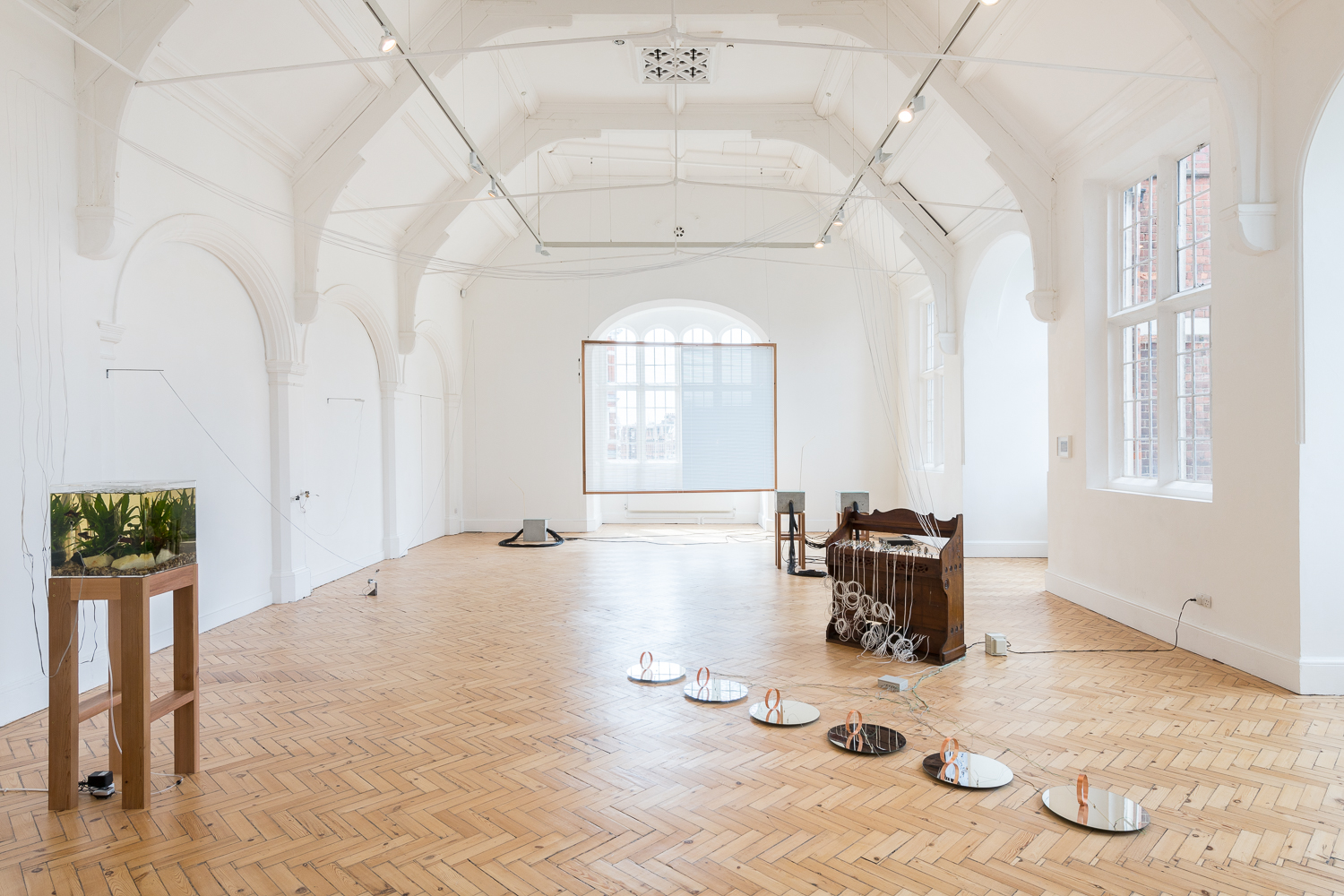
Photo: Damian Griffiths. Courtesy Camden Arts Centre
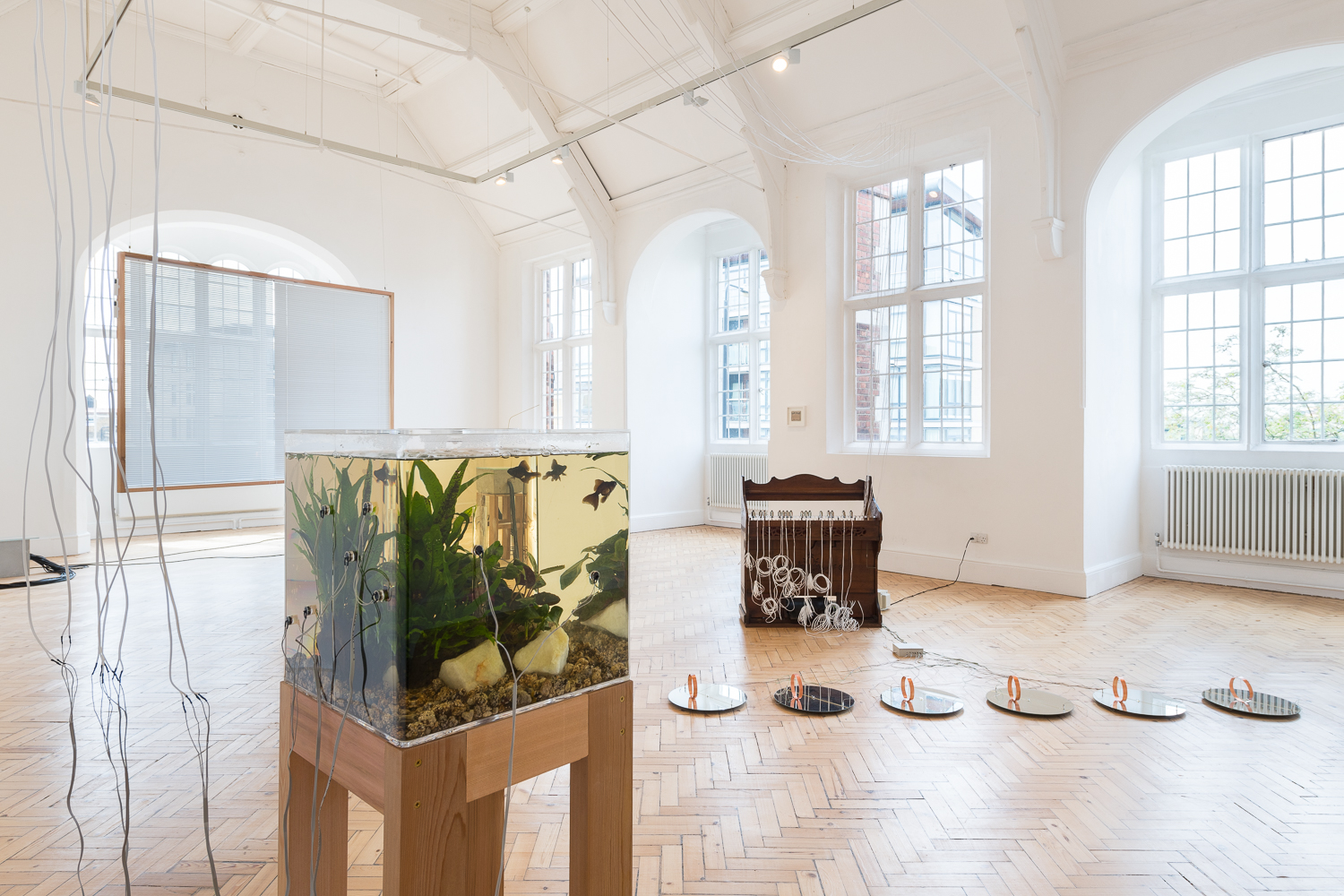
Photo: Damian Griffiths. Courtesy Camden Arts Centre
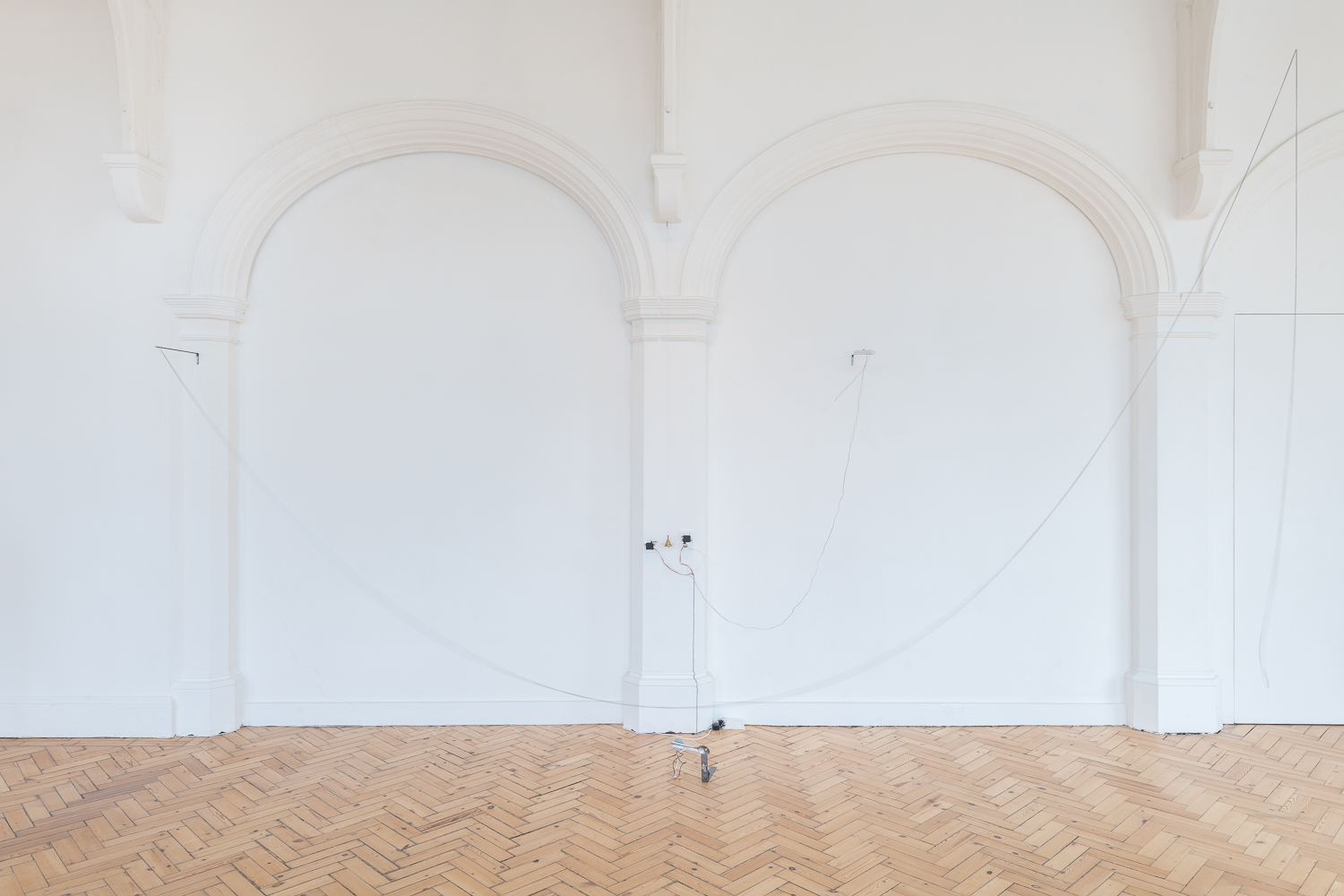
Photo: Damian Griffiths. Courtesy Camden Arts Centre
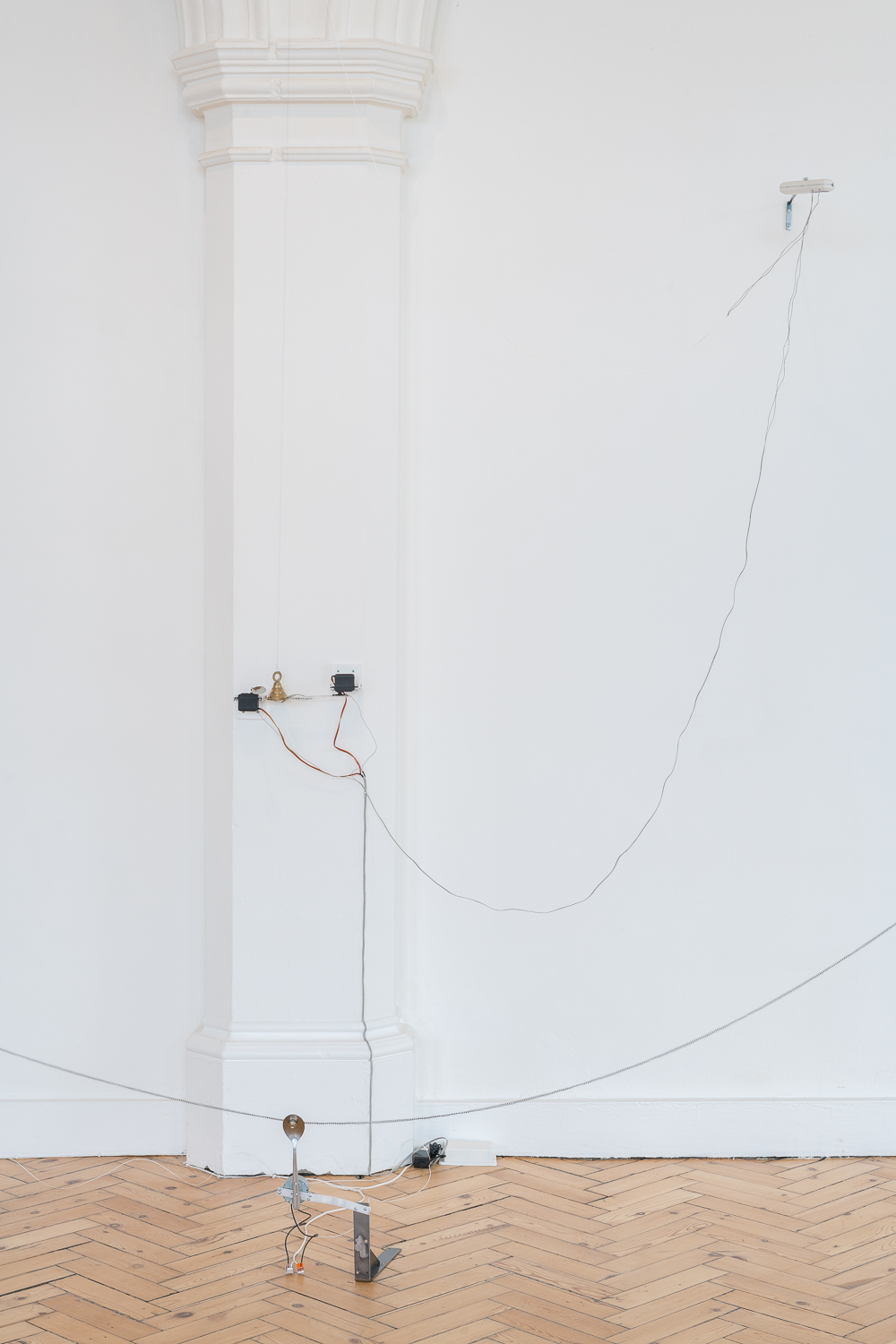
Photo: Damian Griffiths. Courtesy Camden Arts Centre
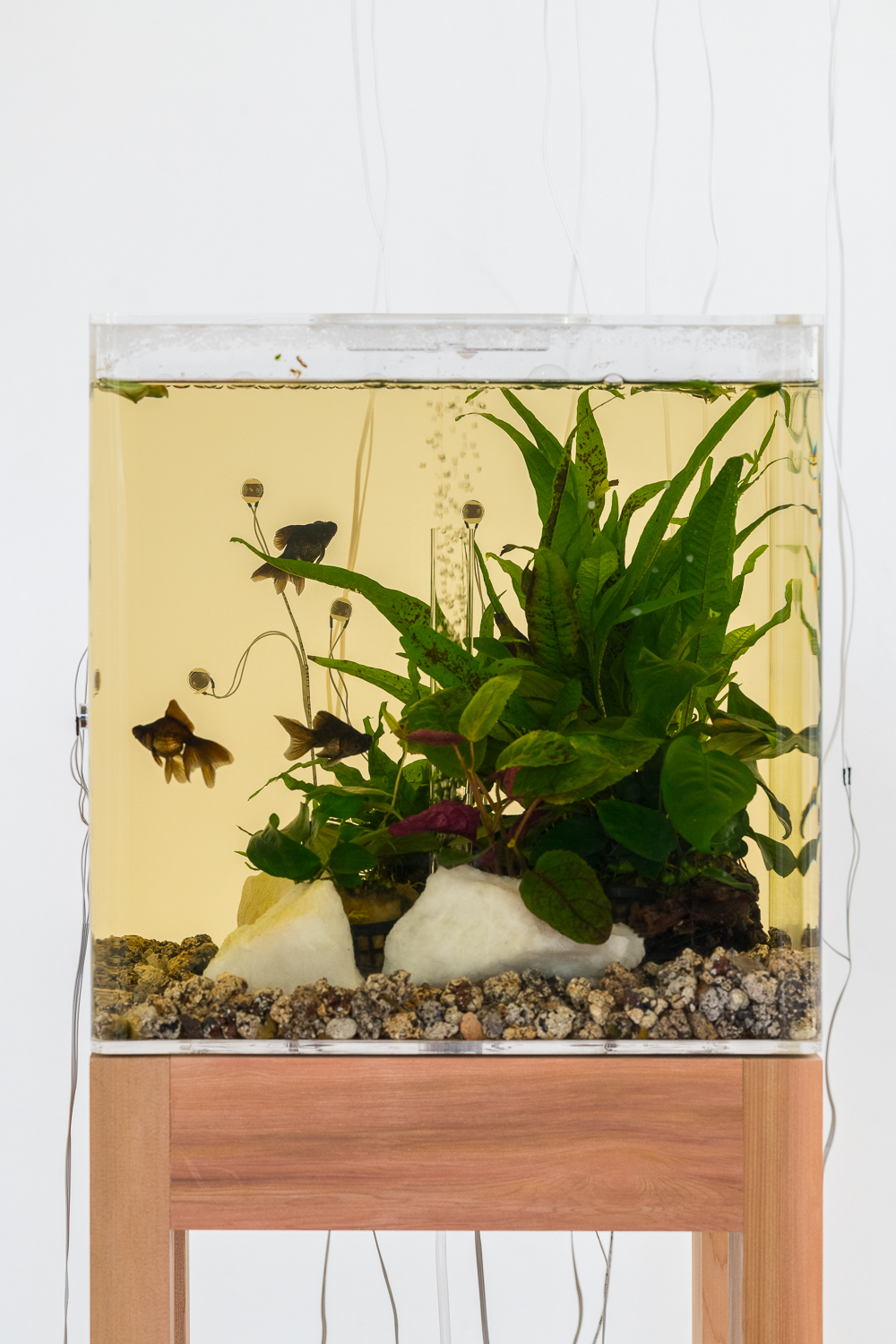
Photo: Damian Griffiths. Courtesy Camden Arts Centre
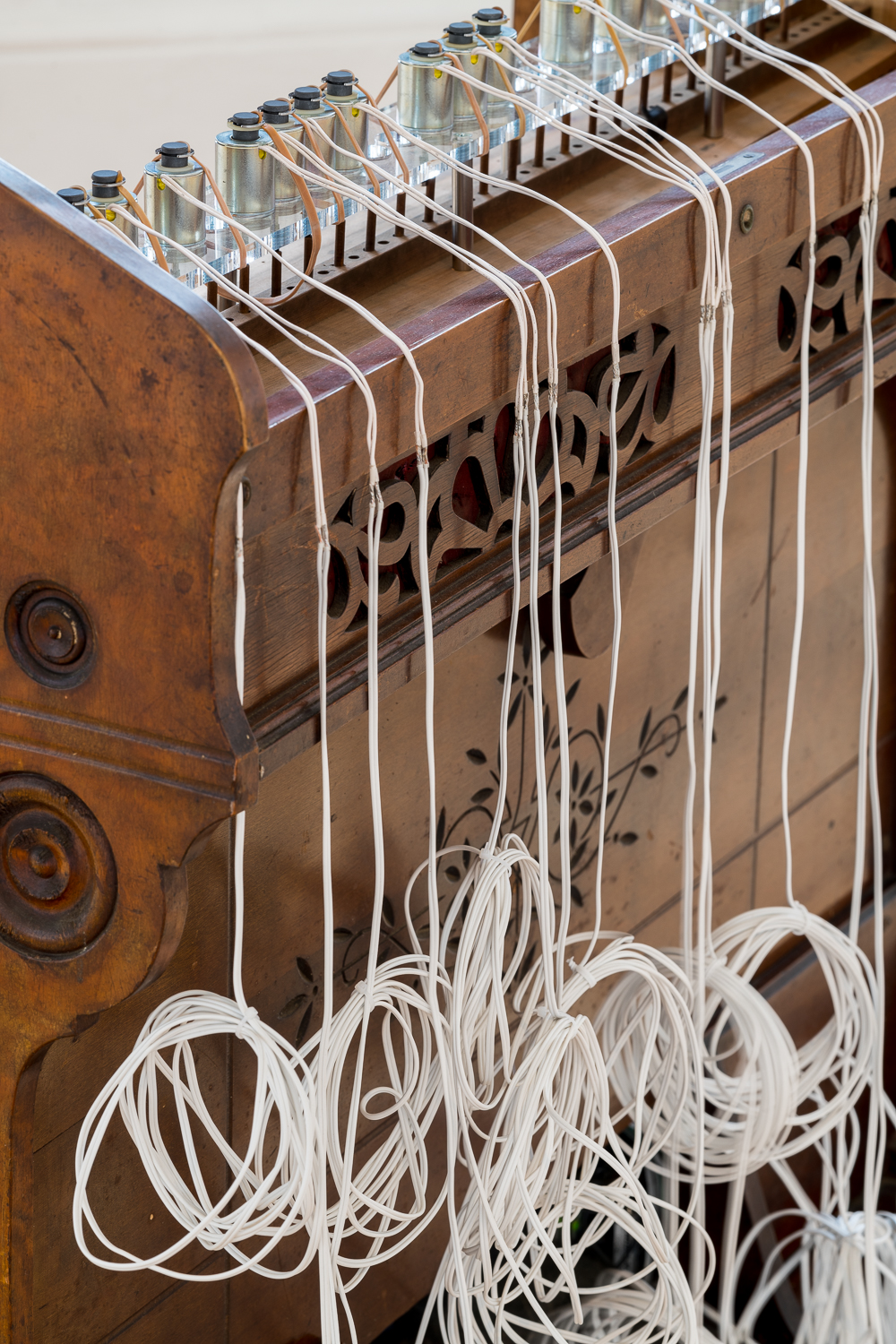
Photo: Damian Griffiths. Courtesy Camden Arts Centre
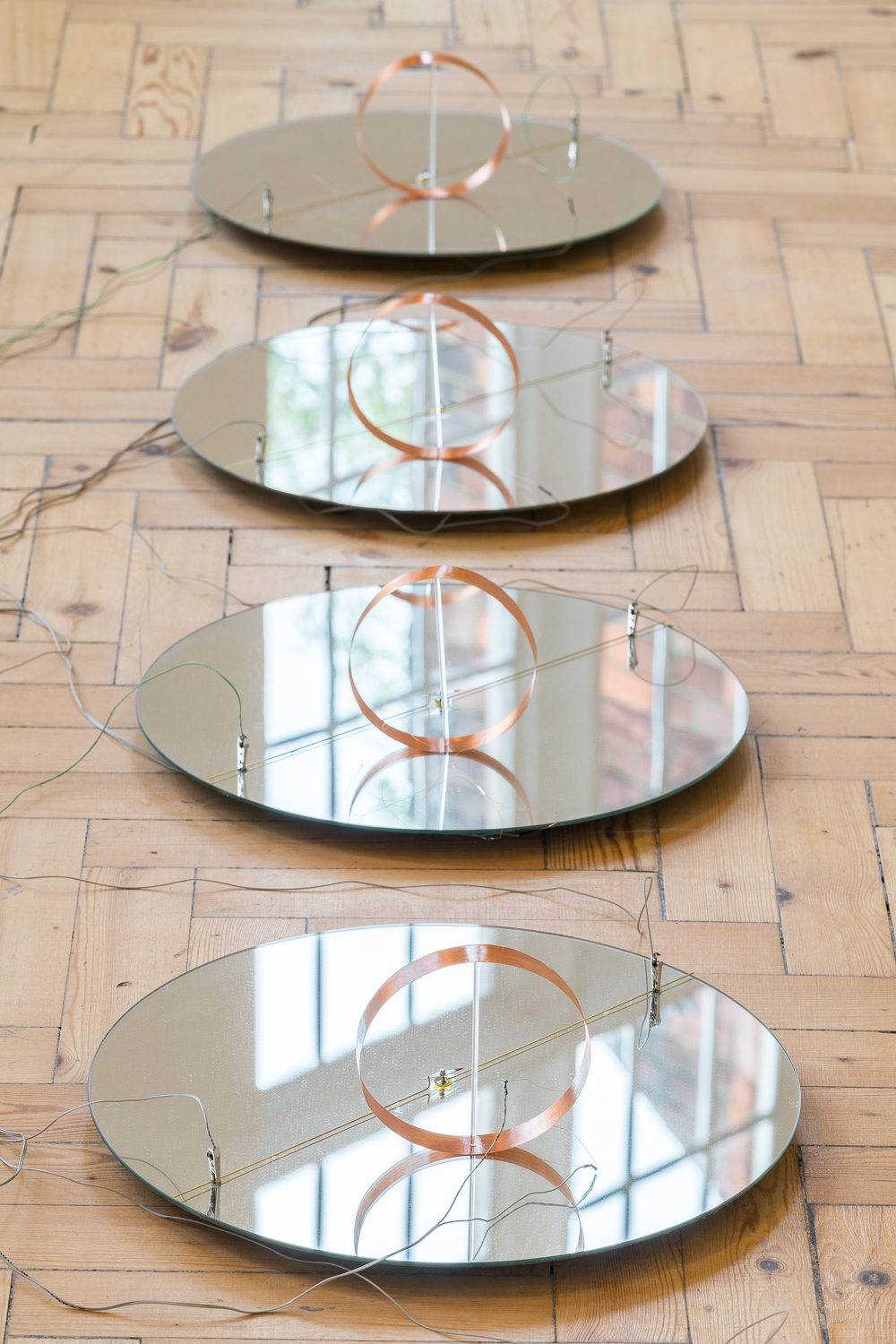
Photo: Damian Griffiths. Courtesy Camden Arts Centre
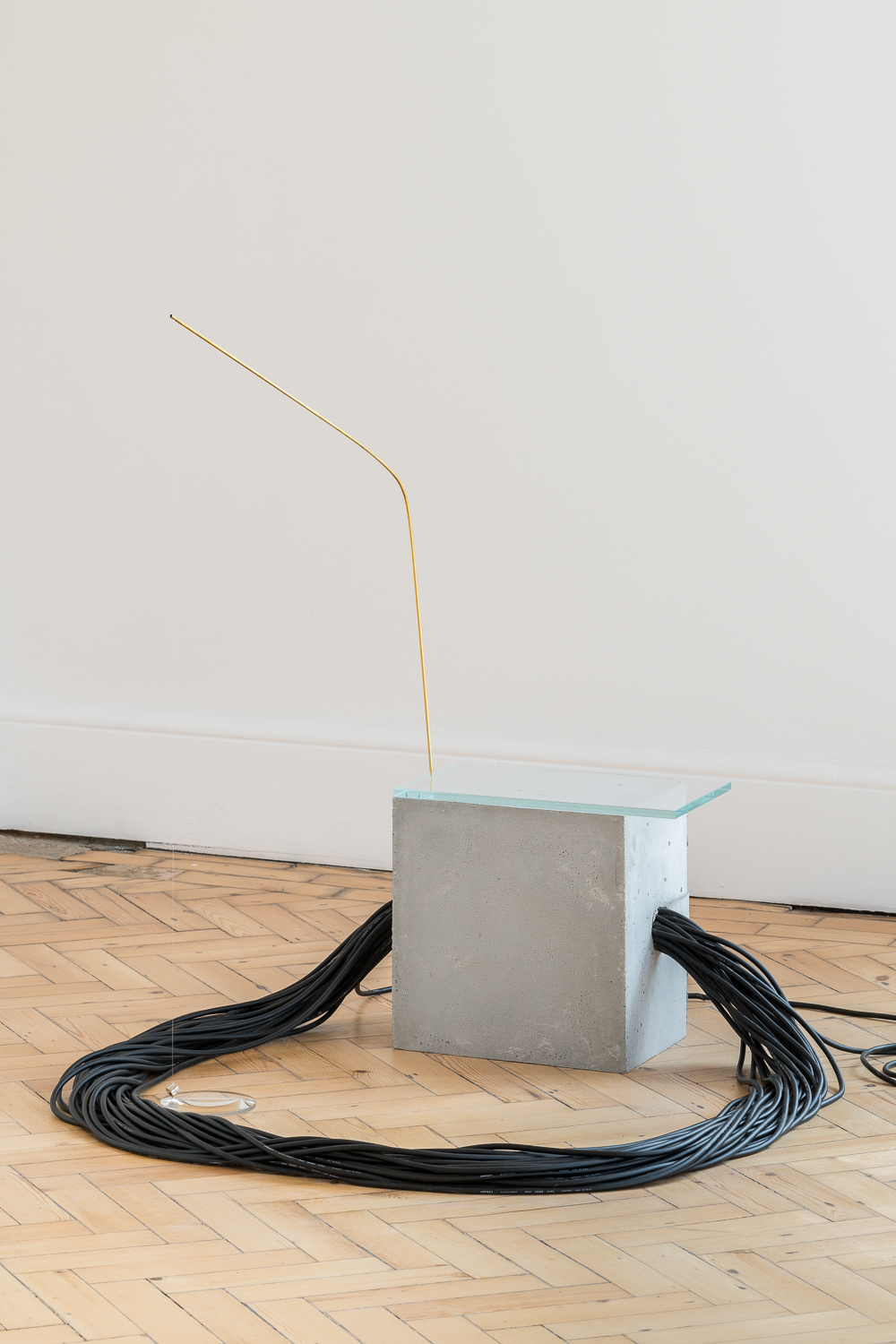
Photo: Damian Griffiths. Courtesy Camden Arts Centre
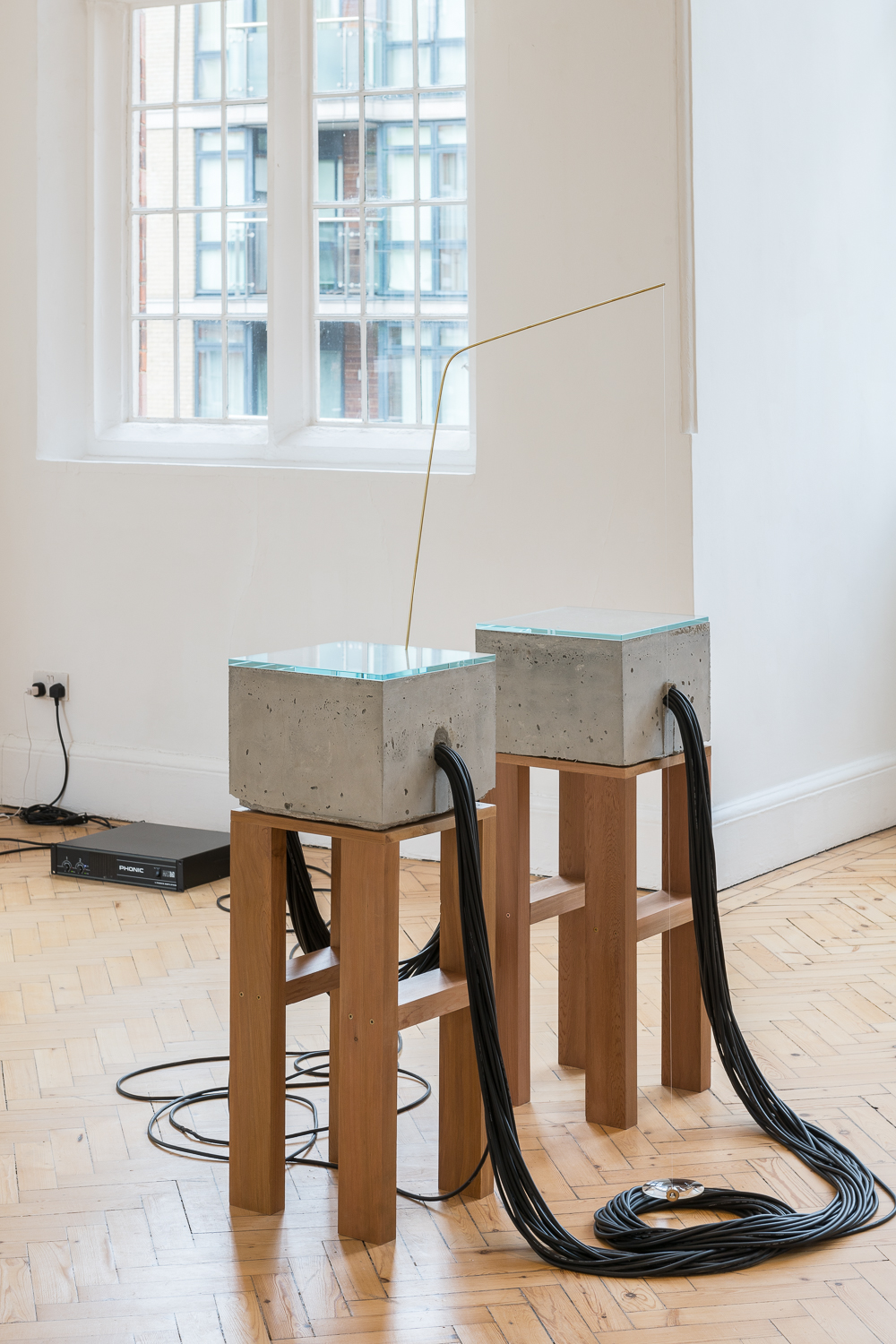
Photo: Damian Griffiths. Courtesy Camden Arts Centre
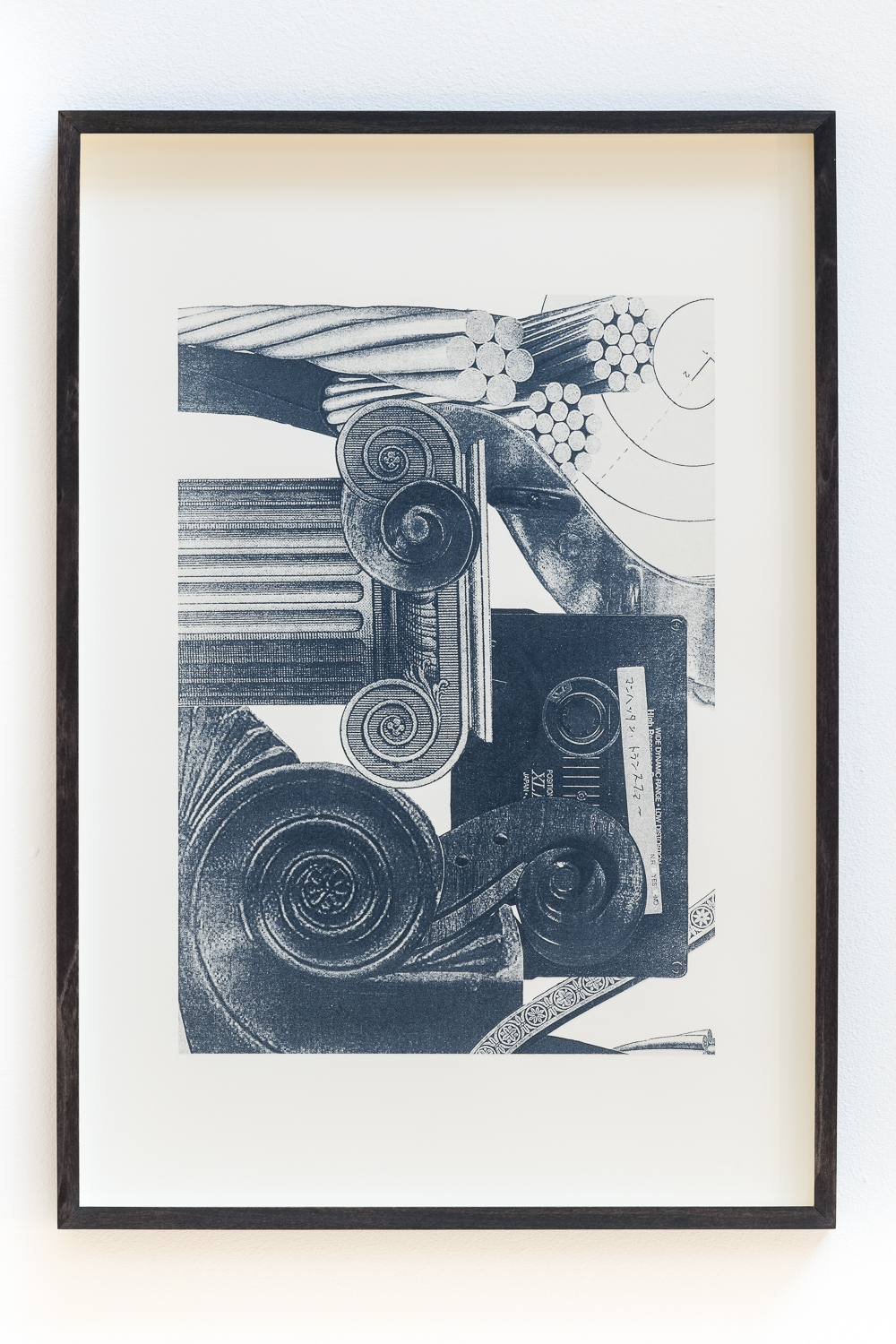
Photo: Damian Griffiths. Courtesy Camden Arts Centre
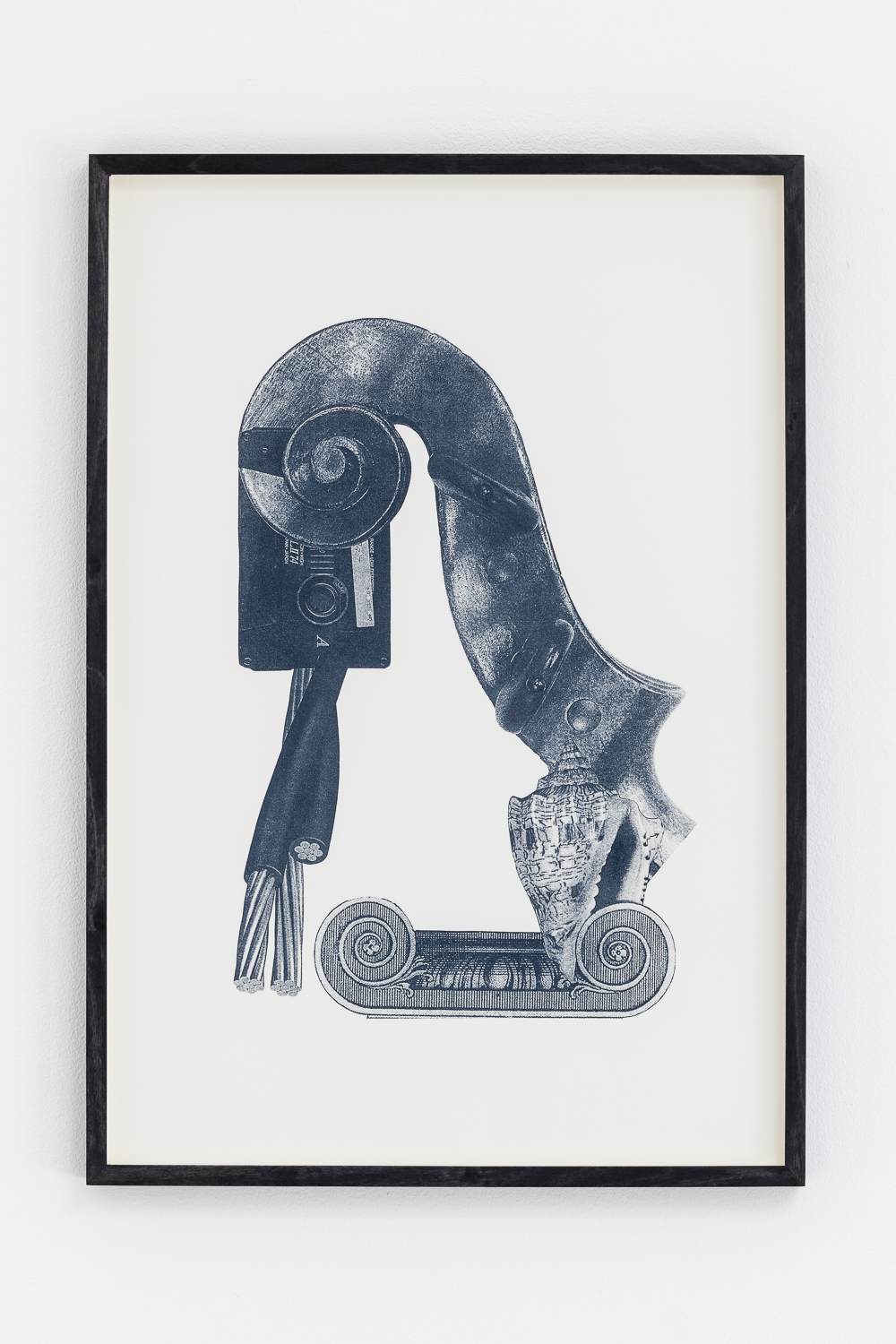
Photo: Damian Griffiths. Courtesy Camden Arts Centre

Photo: Damian Griffiths. Courtesy Camden Arts Centre
Interview
Performance with Ryuichi Sakamoto on 8th September, 2018
Performance with Akio Suzuki on 7th July, 2018
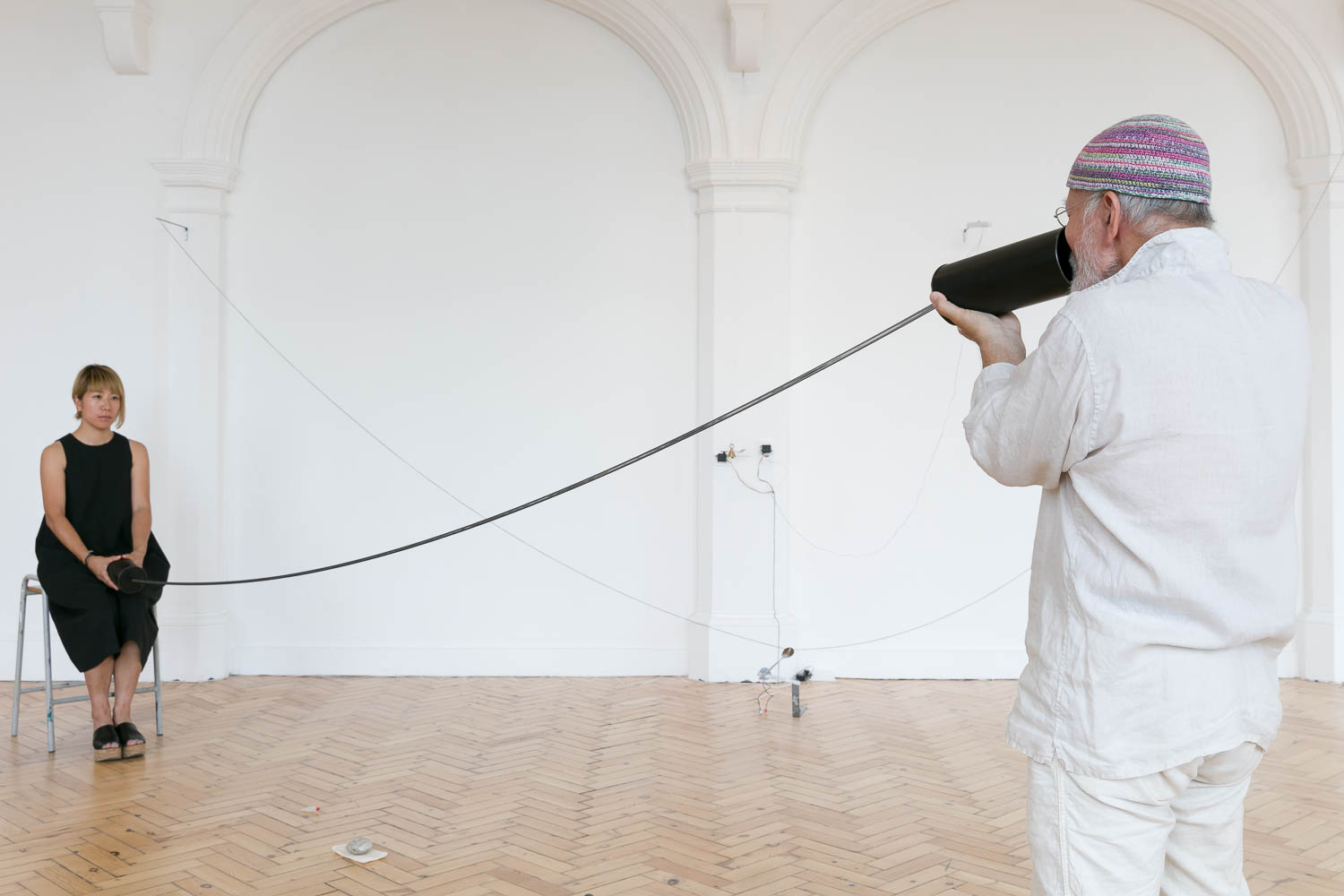
Photo: Mark Blower. Courtesy Camden Arts Centre
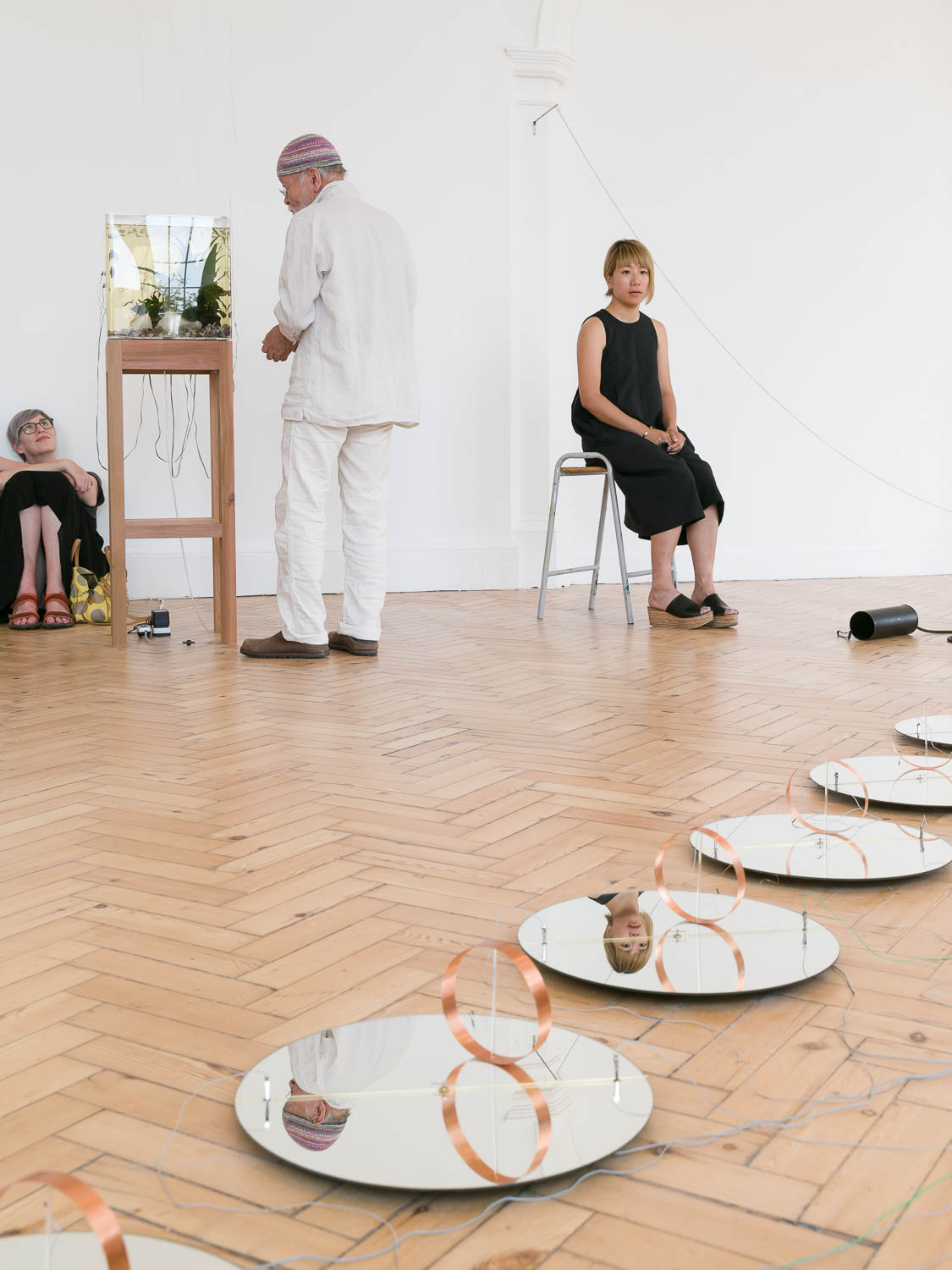
Photo: Mark Blower. Courtesy Camden Arts Centre
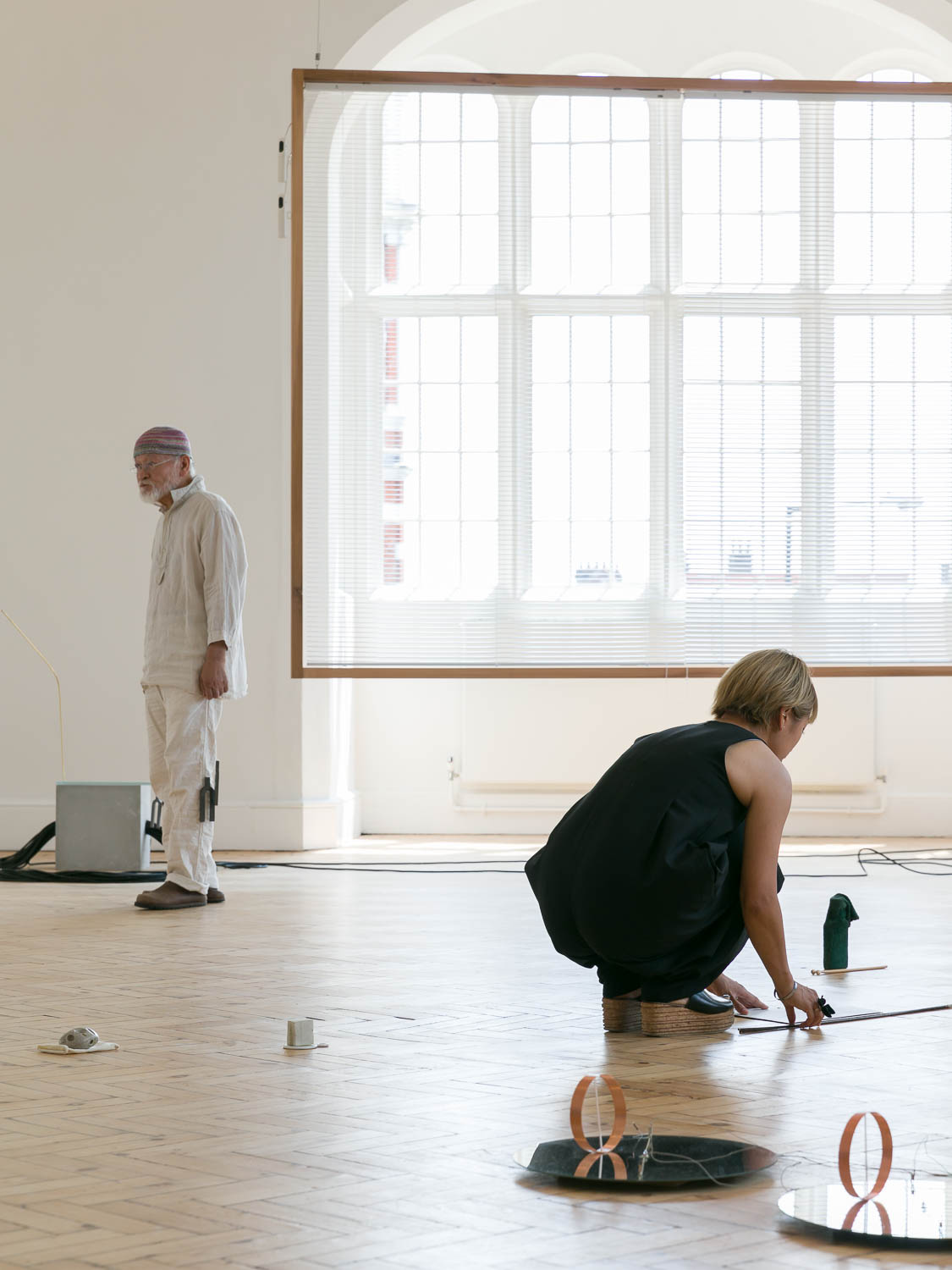
Photo: Mark Blower. Courtesy Camden Arts Centre
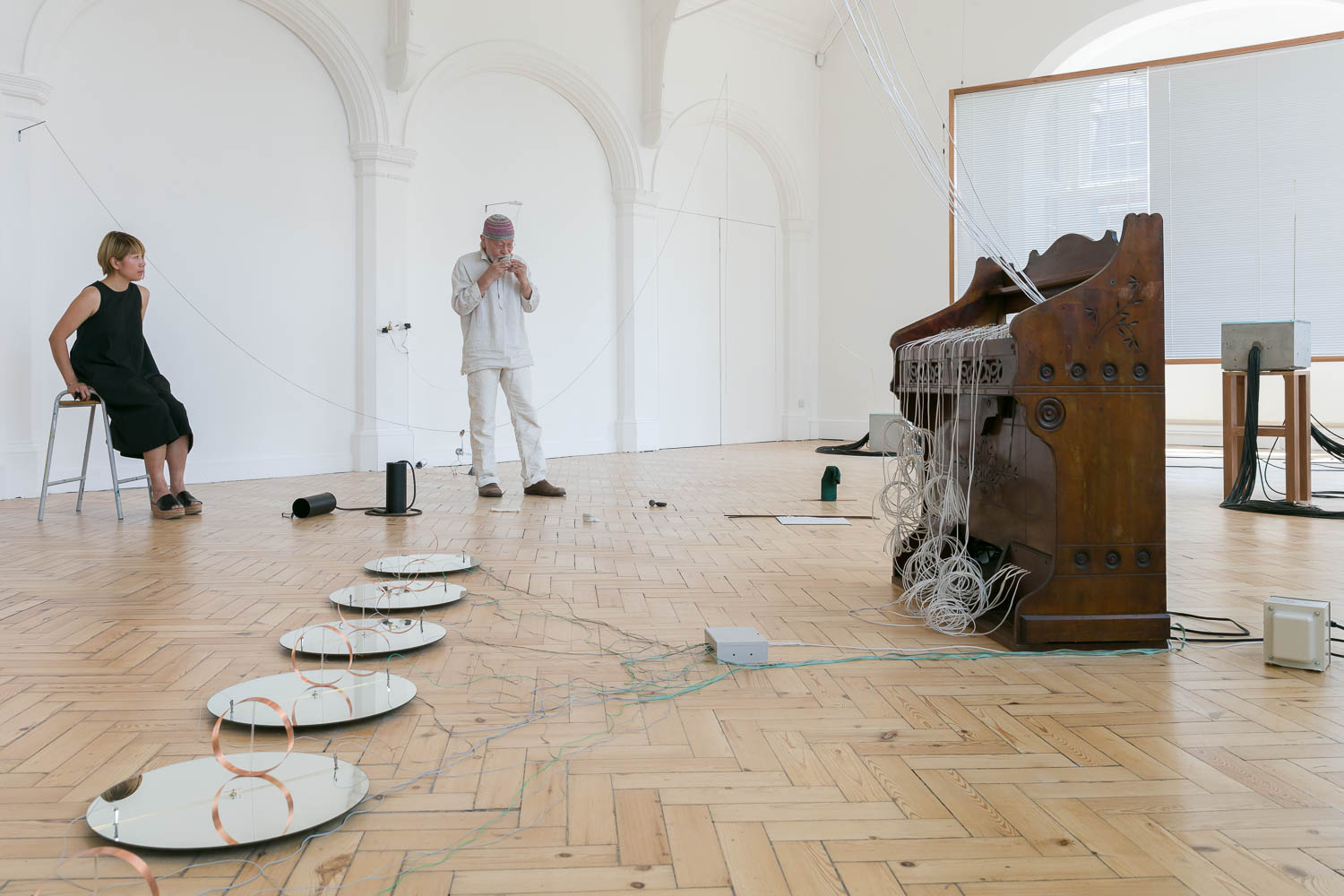
Photo: Mark Blower. Courtesy Camden Arts Centre
Book Selection for Voluta
– I Ching (Book of Changes)
– Henri Bergson, The Creative Mind (Original Title: La Pensée et le mouvant [Thought and Movement])
– Fujio Fujiko F, Doraemon, vol.1–10
– Arata Isozaki, Japan-ness in Architecture
– Timothy Morton, Ecology without Nature
– Erik Satie, Mammal’s Notebook, A
– Toru Takemitsu, Confronting Silence
– David Toop, Into the Maelstrom
– Kazuo Umezu, Je suis Shingo, vol.1–3 (French)
Note (14 Mar. 2018)
– What are you planning for your installation at Camden Arts Centre?
The exhibition entitled “Voluta”. The word means a lot of things :a snail, a spiral pattern of greek columns, or, a graphical design found on the head of violin or guitar, and also twisted wires. Also diffused in Asia as a foliage scroll pattern, it can be found in contemporary design as a symbol of life force.
My works, most of which are installations working by electricity, treat phenomenons such as a magnetic feedback or a light sensors effect. The word “Voluta” then evokes a image of coils, banded cables, further, endlessly rotating “Rotorelief” of Marcel Duchamps.
For the show, I will make three apparatus using an organ, a metallophone and acoustic equipments, materials related with sounds. Now I have a picture of my installation like an organic space, twisted and braided through keywords of “error,” “improvisation” and “feedback.”
– How have you brought in the musical elements? Is it a composition or an improvisation, or another mode of music?
I often refer to John Cage. He composed, improvised and created another mode of music, all together. He determined a boundary of what makes music as it is and in the same time transgressed it himself. Being inspired by him, I then make art works using insrtuments, with “the way of living through inadvertence,” parodying a term “chance by inadvertence” by Pierre Boulez, when he criticized John Cage.
Yuko Mohri 14 Mar. 2018
Translated by Nayo Higashide